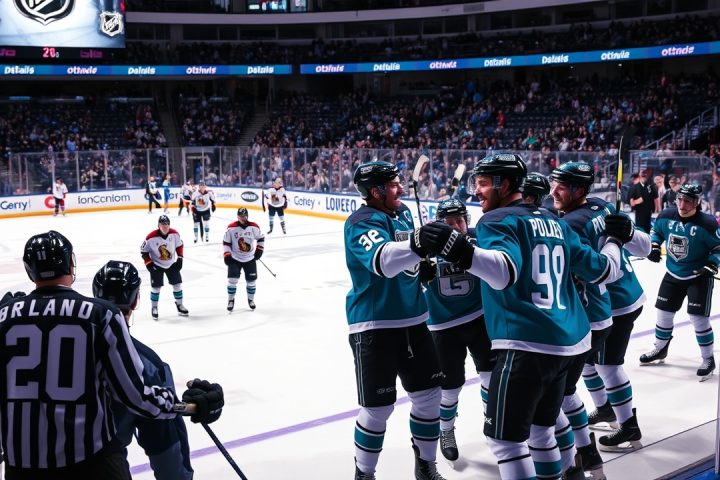NHL Draft and Free Agency Countdown
As the countdown begins to the 2025 NHL Draft and the opening of free agency, the atmosphere in the NHL is charged with anticipation. In just five days, clubs will be strategizing for the draft, and in nine days, a frenzy of player transactions will commence as teams rush to secure contracts before the market shifts drastically. This year, teams like the Dallas Stars and New Jersey Devils are making rapid moves to free up salary cap space, anticipating the competitive July 1 landscape.
Shifts in Salary Cap Structure
A significant conversation currently unfolding among clubs involves the NHL’s evolving salary cap structure. The cap, which was $88 million last season, is projected to climb to:
- $95.5 million in the 2025-26 season,
- $104 million in 2026-27,
- $113.5 million in 2027-28.
These anticipated increments of 8.5 percent, 8.9 percent, and 9.1 percent respectively are strikingly higher compared to previous years. In fact, Chris Johnston reports that these numbers may actually be conservative, as post-pandemic revenue recovery could further elevate the cap.
Challenges in Player Valuation
This new financial landscape is complicating contract negotiations for unrestricted free agents (UFAs) and restricted free agents (RFAs). Teams and agents must establish a consensus on what player valuations should be in this new economic climate. For instance, if a player earned $7 million last year, does that make them worth $9 million now? This uncertainty extends to the salaries of depth players, with questions about whether $4 million will become the norm instead of the previous $3 million threshold.
“Long-term contracts raise questions about asset value over the years, particularly concerning contracts that might span into the 2030s with unpredictable cap figures.”
Potential Shift to Shorter Contracts
An intriguing possibility is the shift towards shorter contracts for elite players. Notably, stars like Mitch Marner and Connor McDavid are being discussed as potential trendsetters in this regard. Historically, NHL players have favored lengthy contracts for security; however, given the skyrocketing cap projections, a new paradigm may emerge.
The analytical perspective suggests that opting for shorter terms could deliver greater financial rewards in the long run. For example, if Marner were to sign a four-year deal at approximately $13 million, he could later command a substantial eight-year contract worth even more under a significantly higher cap.
“If Marner secures a seven-year deal at $13 million, he could earn $91 million by 2032. Contrastingly, a four-year deal could lead him to a staggering $188 million total when factoring in what he might earn later in his career, once the cap ideally sits around $125 million.”
Agent Perspectives and Risk
Agent sentiments reflect similar perspectives as many acknowledge that younger players might increasingly favor short deals to capitalize on the cap rise and maximize their earnings at a later date. However, there’s inherent risk: a significant injury could hinder future contract negotiations.
As for McDavid, he might express a preference for more frequent contract renewals, maintaining flexibility and ensuring his team remains competitive for championships. The thought is that he could secure staggering annual salaries nearly doubling what he makes now if he leverages a short-term contract approach, potentially earning extraordinary amounts like $20.8 million or $24.8 million in successive seasons under a rising cap.
“It’s emphasized that McDavid may opt for a salary below maximum limits to bolster his team’s championship ambitions.”
Looking Forward
This possible shift in player contract strategies could revive a competitive spirit within the NHL landscape, allowing players to align themselves with teams that appear poised for success, much like the trends seen in other sports. Keeping track of these developments as July 1 approaches will be crucial, as the choices players make will likely redefine contracts and expectations within the league for years to come.




